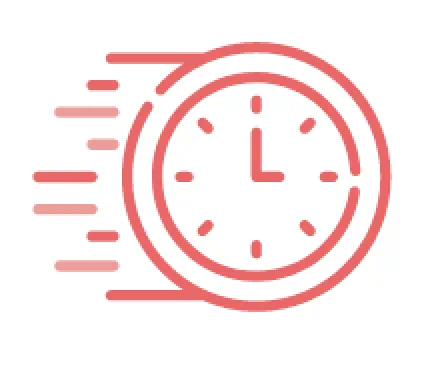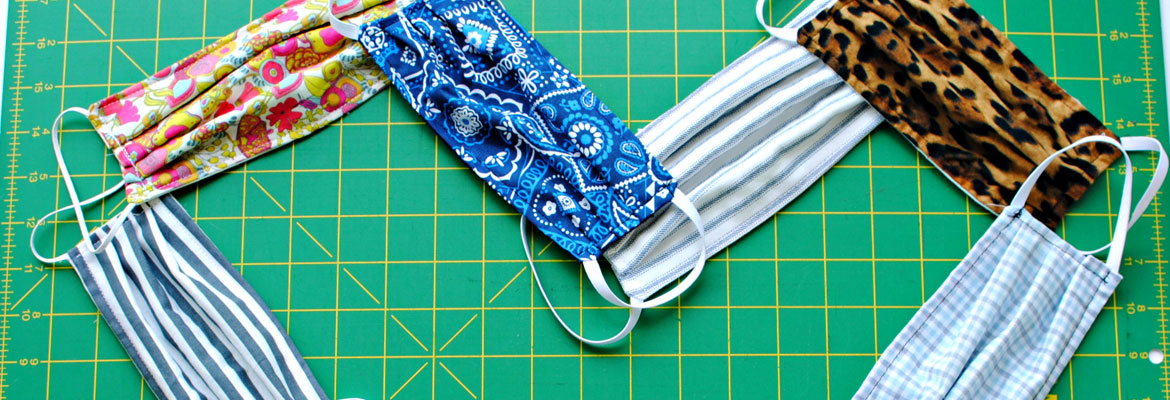While there’s no substitute for social distancing, the Centers for Disease Control and Prevention (CDC) now recommends wearing cloth face coverings in public settings, such as grocery stores and pharmacies.
The good news is that it’s easy to sew a cloth face mask using everyday supplies like cotton fabric and elastic. What’s more, the face mask pattern below is well-suited for making masks in bulk for friends and family and can easily be adjusted to fit children. If you don’t have elastic available, you can sew a face mask using jersey string, fabric straps, or bias tape.
The directions below offer two options for sewing a mask: a simple fabric face mask and a face mask with a filter. Click on the option that’s best for you to get complete step-by-step directions.




